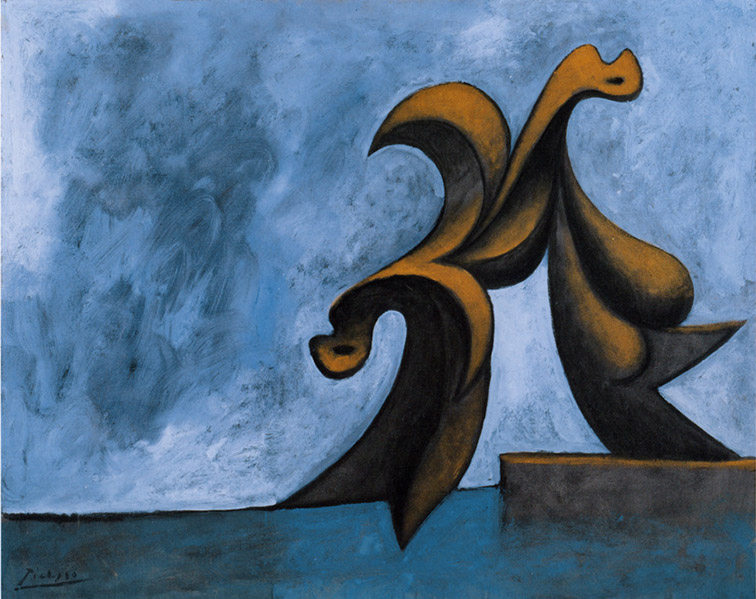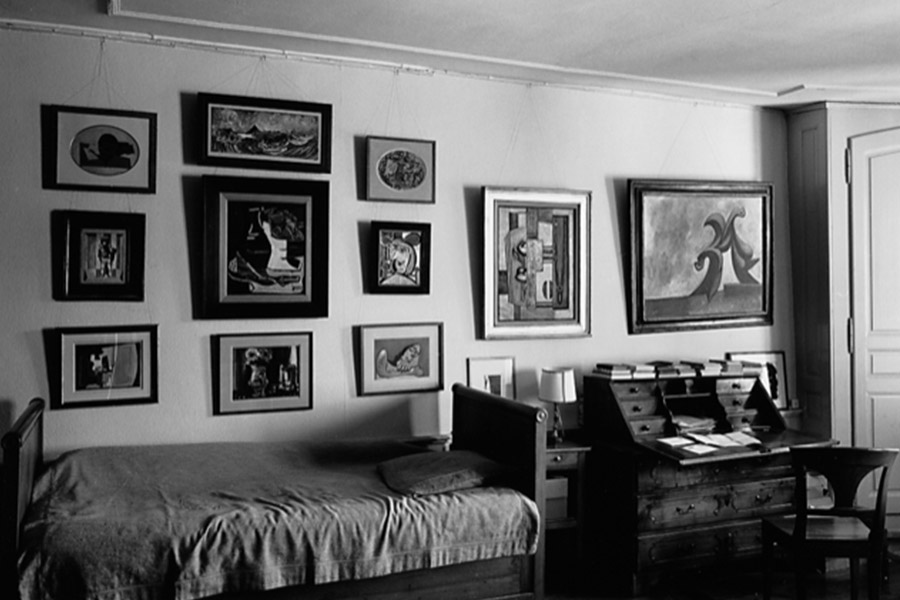Jean Planque, Picasso collector
In 1960, a car pulled up at La Californie, Picasso's villa in Cannes, and out stepped Lionel Prejger with a new visitor, Jean Planque. Sent by Galerie Beyeler in Basel, he was bringing a painting by Cézanne, Portrait of Madame Cézanne, which Picasso was interested in buying. Although the sale did not take place —the painting had been heavily restored— the encounter was the first of many to come.
Jean Planque was born in Switzerland in 1910, studied business, and began working at an early age. The first time he was captivated by a work of art, it was not a Picasso, but a small painting by Renoir —a bouquet of roses he spotted in a gallery shop window. Planque had discovered his passion.
A self-taught man, Planque learned about art by avidly visiting museums and galleries; he also tried his hand at painting under the guidance of the painter Walter Schüpfer. His view of art changed radically after he saw Paul Klee's watercolors, which at first he took for childhood drawings.
A series of providential encounters led him from agriculture-related business to art. At first, he worked at the Galerie Tanner in Zurich; in 1954 he met the Basel dealer Ernst Beyeler, with whom he collaborated until 1972. Planque began his personal collection: Auberjonois, Berger, Bissières, Bonnard, Braque, Cézanne, Degas, Delaunay, Klee, Léger, Rouault, de Staël, Tobey, and Francis, among others. But it was his encounter with Jean Dubuffet, whose work he advocated enthusiastically, that truly allowed him to enrich his knowledge and taste in art. Along with Picasso, this artist is the one with the largest presence in his collection.
Picasso's works include fifteen paintings dating from 1917 to 1970 —mainly female figures, one of the main subjects in the artist's output, and several still lifes from the 1920s— which reflect the permanence of the Cubist legacy throughout Picasso's career. The Fondation Planque also has 400 engravings by Picasso in its holdings.
The Collection Planque, comprising close to 200 pieces, is now gathered in the foundation that the collector himself created shortly before his death in 1998.
The collection is on view at the Musée Granet in Aix-en-Provence, in the Pénitents blancs chapel, a jewel of 17th-century Aix architecture.






 Summary
Summary